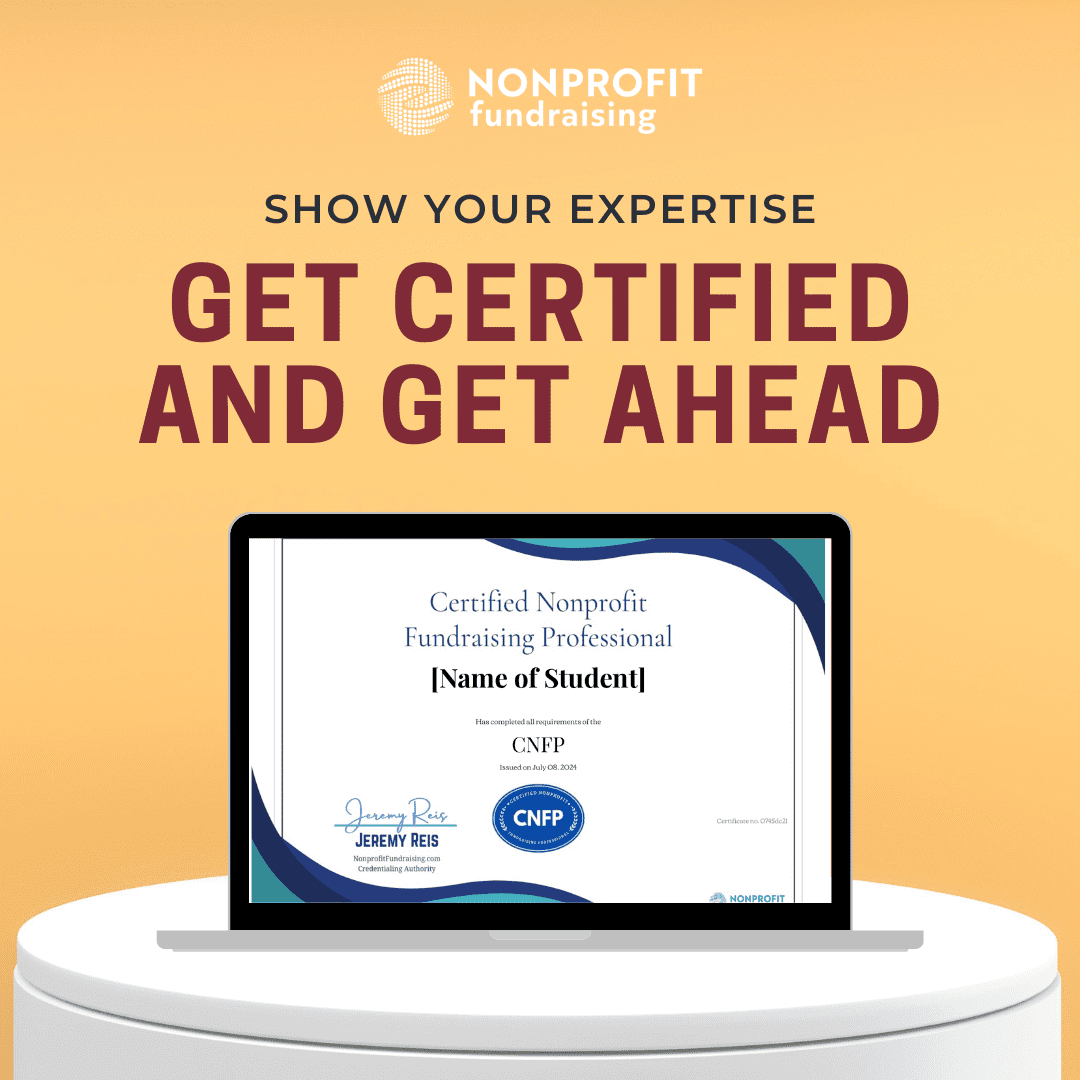In order to fundraise effectively, you need to engage your donors and keep them interested in your cause. One of the best ways to do this is through email campaigns. Email campaigns are a key part to every successful nonprofit email marketing strategy. However, crafting compelling fundraising emails can be a challenge. In this blog post, we’ll provide some tips for writing great fundraising emails that will inspire your donors to support your cause.
Let’s look at the fundamentals — and, of course, the HOW-TOS — of crafting fundraising emails. These tips will convert more people into donors!
First, I’ll answer an important question: Why is email fundraising so important?
It’s quite simple, really:
- It’s a low-cost fundraising channel, and it also reaches out to those who may not respond to direct mail.
- You’ll receive fast donations — a donor can read, click, and contribute in minutes.
- In addition, with an email file that’s been properly nurtured, you’ll see a great response and ROI.
Here are four tips for writing an effective e-appeal to make your fundraising appeal shine:
- Invite the reader to do one thing. Don’t ask donors to give, sign a petition, and download an e-book. Readers always take the path with the least friction if asked to do multiple things within one communication. If you’re asking for a donation, you want that message shining through. Which leads to the next point …
- Clarity is king. Messaging should be clear and concise.
- Be direct with your call to action. Don’t use ambiguous words like “support” or “consider a gift.” Instead, ask your reader to “Give Now” or “Donate.” Don’t be afraid to ask for money!
- Sometimes, simpler is better. Many organizations find that plain text emails get higher deliverability rates and increased donations than to those in full HTML format.
The “Envelope” of a Successful Email Appeal
The ultimate goal, of course, is to get people to convert, but first we need to get them to open the email. This is where the subject line and preview text come in.
Email Subject Line & Preview Text
Your subject line:
- Should get your reader’s attention
- Doesn’t tell the whole story, but merely opens an intriguing story loop
- Will have a higher open rate if it’s personalized
- Connects with the preview text …
The preview text:
- Is the content you see after the subject line but before the greeting
- Is recommended to be between 40 and 120 characters total in length
- Doesn’t give away the story, but continues to build mystery and grab attention — it’s an additional “gateway” into your email’s message
Your Fundraising Appeal Sender
People often wonder who the organization’s emails should be from — who should be listed as the sender. Here are my suggestions:
- The organization name itself (ex: Charity Hope)
- The org’s President (ex: John Smith)
- The President and the organization (ex: John Smith, Charity Hope)
Important notes: Many people like to connect with a person, not just an organization name; you should test which emails perform better with which sender is listed; you can mix in other sender names, depending on the email and messaging, such as the Development Director, Head of Disaster Response, etc., and see how those perform.
Structuring a Great Appeal
Your greeting is an easy opportunity for personalization. “Hi, {First Name},” or “Good morning, {First Name},” to open each email creates a connection and a conversation with your donor.
In the same way that your subject line should get attention (without being click-bait, of course), your intro paragraphshould do so as well. Keep in mind that you only have a few seconds to get the reader to choose to continue reading all the good stuff you’re communicating in that email!
Telling a story or including a testimony is a good way to connect emotionally with your donors. Explain a situation where something bad might have happened unless someone just like {First Name} stepped in to solve the problem. Don’t focus too much on your organization, but instead on how someone like the reader intervened with their giving. Then, connect the story to someone else who is still in need.
When it comes to the ask of an email, tell the reader exactly what you want them to do — be clear, be direct, be specific. “When you give $75 today, you’ll provide the tuition necessary to send a child like Juan to school for a year.” Move the donor emotionally to want to give, and express urgency accurately through your call to action, explaining WHY that donor should give right now.
Furthermore, connect the donation request to the solution. Use dollar amounts to show the reader what their donation will accomplish: “$25 provides a school uniform,” “$50 gives books,” and “$75 provides tuition.” Show how the donor will solve the problem by giving.
Don’t be afraid to be direct with your ask – tell the donor what you want them to do!
An email’s closing is the signoff from the sender and should be a real person, not the “Team at Charity Hope.”
Any P.S. you include should restate the need, the solution, and the call to action. It’s important to note that some readers merely scan the email and actually read the P.S.
Don’t let writing fundraising emails scare you away from interacting with your supporters online and increasing nonprofit fundraising for your cause.

